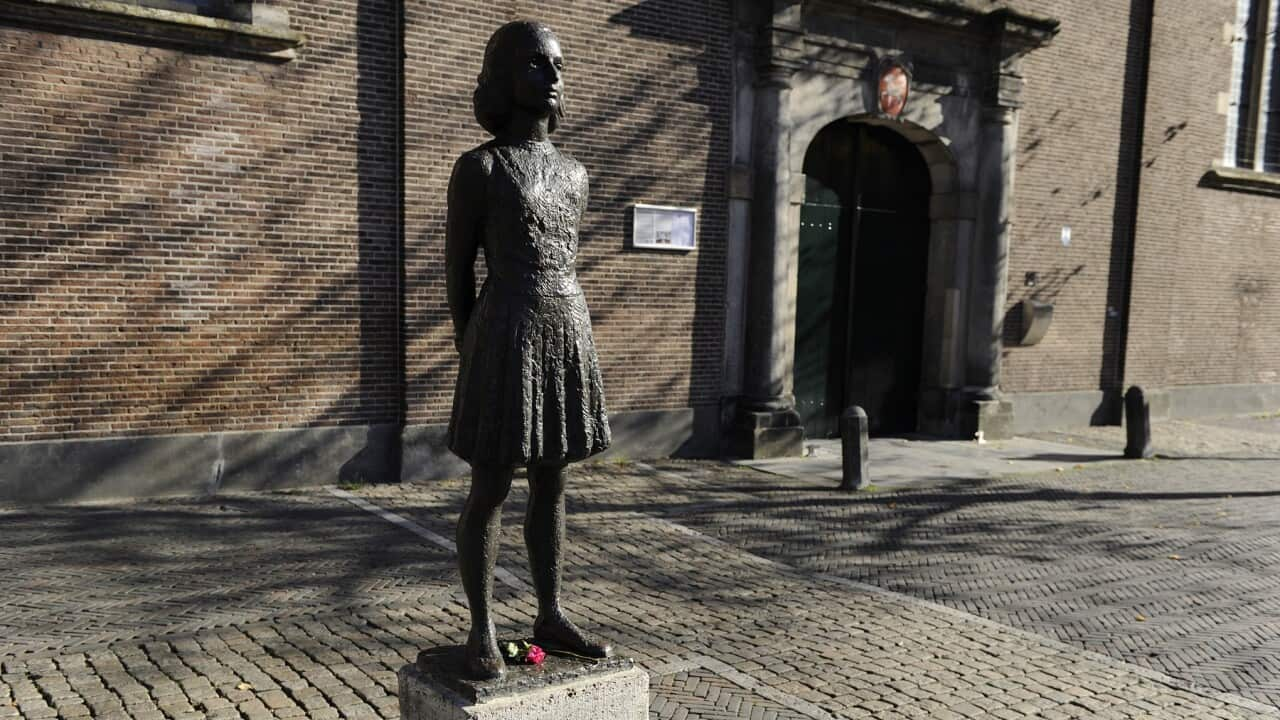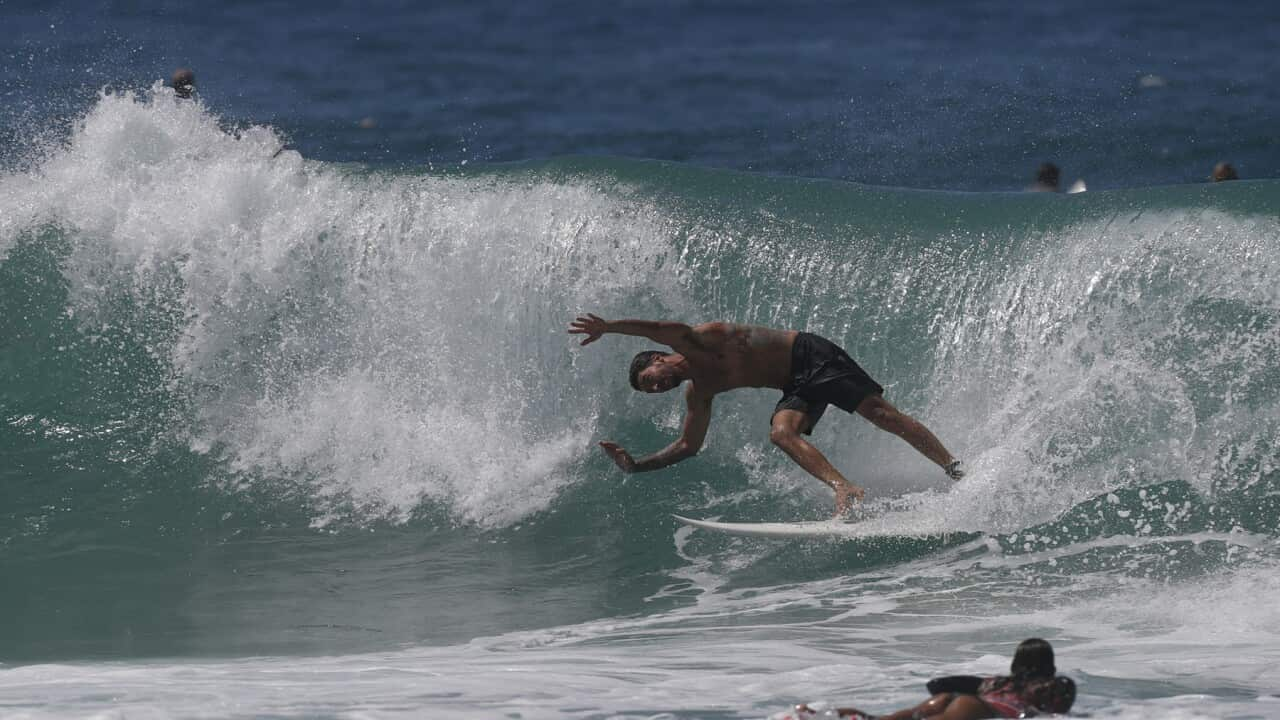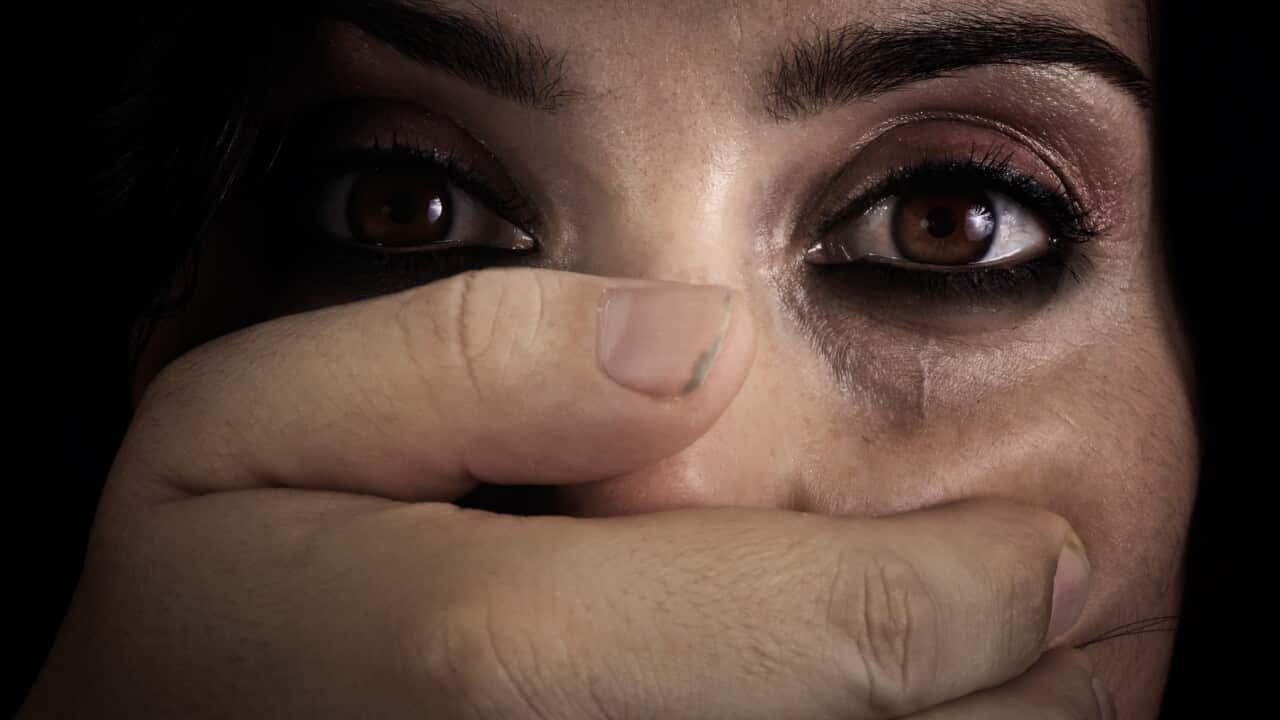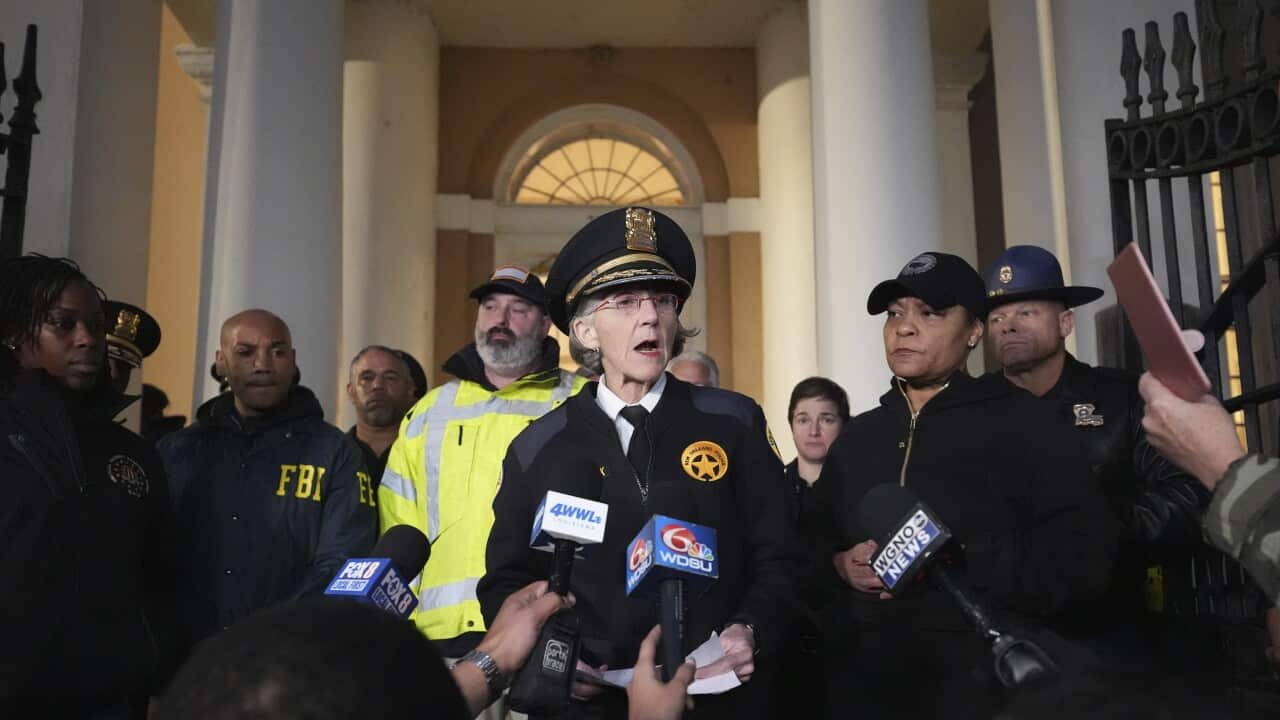Italian
Anna Frank e sette altri ebrei furono scoperti dai nazisti il 4 Agosto del 1944, dopo che si erano nascosti per quasi due anni in una dépendance segreta sopra un magazzino lungo i canali di Amsterdam.
Tutti furono deportati, e Anna morì nel campo di concentramento di Bergen Belsen all’età di 15 anni.
Durante il periodo in cui era nascosta, Anna ha scritto un diario.
Questo venne pubblicato dopo la sua morte nel 1947, ed è probabilmente la testimonianza diretta più famosa della vita degli ebrei durante la Seconda Guerra Mondiale.
È stato poi tradotto in 60 lingue ed ha catturato l’immaginazione di milioni di lettori in tutto il mondo.
Ma chi ha tradito la famiglia ai nazisti?
Questa è la domanda alla quale non esisteva risposta – fino ad oggi.
Il ricercatore Pieter Van Twisk era parte della squadra di studiosi che ha passato sei anni cercando quella risposta.
"We went through kilometres of archival material. The big advantage of artificial intelligence is that it can point out connections that are very difficult for a human being. You hear a name, but we had to check and analyse thousands and thousands of names and with artificial intelligence we could very easily run the name through the computer and it would point out all the links to that name. Addresses, other people, connections, telephone numbers, etcetera, etcetera."
La squadra investigativa comprendeva l’agente FBI americano in pensione Vincent Pankoke e circa 20 tra storici, criminologi e specialisti di dati.
Pieter van Twisk ha detto che la parte cruciale della nuova prova era un appunto non firmato per il padre di Anna, Otto, trovato in un vecchio dossier investigativo del dopoguerra.
"The scenario is that the notary Arnold van den Bergh - well known in Amsterdam - handed over lists of people in hiding and on that list was the address 263 Prinsengracht, the home of the annex."
Nell’appunto si diceva che Arnold Van den Bergh aveva accesso agli indirizzi presso i quali gli ebrei si stavano nascondendo, perché era membro del Consiglio Ebreo di guerra di Amsterdam, e aveva dato ai nazisti gli elenchi di quegli indirizzi per salvare la sua stessa famiglia.
Van Twisk ha detto che il suo è l’unico nome che combacia con tutti i fatti appena scoperti.
"We investigated about more than thirty scenarios and I think we can say with quite a certainty that about 29, 28 of these scenarios are virtually impossible. Only one scenario fits the classic motive, knowledge and opportunity."
Mentre altri membri del Consiglio ebreo furono deportati nel 1943, Van den Bergh potè restare in Olanda.
È morto nel 1950.
La Fondazione Casa di Anna Frank non era coinvolta nell’indagine del caso irrisolto, ma ha condiviso le informazioni dai propri archivi come aiuto.
Il direttore Ronald Leopold ha detto che la ricerca ha svelato nuove informazioni e nuovi spunti.
Nonostante ciò, Leopold ha avvisato che ci vuole cautela quando si dà la colpa a qualcuno.
Lo storico Erik Somers dell’istituto di studi olandese su guerra, olocausto e genocidio N-I-O-D ha lodato l’iniziativa, ma si è detto scettico sulla sua conclusione.
Ha dichiarato che in un caso così famoso, essere completamente sicuri è di vitale importanza.
"The name of Anne Frank is not someone, it is the icon of the Holocaust and if you are going to blame someone you have to prove more than one hundred percent that you are right. And in this case you have to take some reservation in making your conclusion. I think that is important to point out."
La squadra investigativa ha confermato che il padre di Anna, Otto - l’unico membro della famiglia a sopravvivere alla guerra- era a conoscenza della nota che accusava Van den Bergh, ma scelse di non parlarne mai pubblicamente.
Pieter Van Twisk crede che Otto Frank scelse di rimanere in silenzio riguardo all’accusa, probabilmente perché non poteva essere certo che fosse vera e perché non avrebbe voluto rendere pubbliche informazioni che avrebbero potuto favorire ulteriormente l’antisemitismo.
Non avrebbe neanche voluto che le tre figlie di Van den Bergh venissero colpevolizzate per qualcosa che avrebbe fatto il loro padre.
I risultati della nuova ricerca sono stati pubblicati in un libro della scrittrice canadese Rosemary Sullivan, “Il tradimento di Anna Frank”.
English
Anne Frank and seven other Jews were discovered by the Nazis on August the 4th 1944, after they had hidden for nearly two years in a secret annex above a canal-side warehouse in Amsterdam.
All were deported and Anne died in the Bergen Belsen camp at the age of 15.
During her time spent in hiding, Anne kept a diary.
It was published after her death in 1947 and is arguably the most famous first-hand account of Jewish life during the Second World War.
It has since been translated into 60 languages and captured the imagination of millions of readers worldwide.
But who betrayed the family to the Nazis?
That's a question to which there's been no answer - until now.
Researcher Pieter Van Twisk was one of the team of investigators which has spent six years trying to find that answer.
"We went through kilometres of archival material. The big advantage of artificial intelligence is that it can point out connections that are very difficult for a human being. You hear a name, but we had to check and analyse thousands and thousands of names and with artificial intelligence we could very easily run the name through the computer and it would point out all the links to that name. Addresses, other people, connections, telephone numbers, etcetera, etcetera."
The investigative team included retired U.S. FBI agent Vincent Pankoke and around 20 historians, criminologists and data specialists.
Pieter van Twisk says the crucial piece of new evidence was an unsigned note to Anne's father Otto found in an old post-war investigation dossier.
"The scenario is that the notary Arnold van den Bergh - well known in Amsterdam - handed over lists of people in hiding and on that list was the address 263 Prinsengracht, the home of the annex."
The note said Arnold Van den Bergh had access to addresses where Jews were hiding because he was a member of Amsterdam's wartime Jewish Council and that he had passed lists of such addresses to the Nazis to save his own family.
Mr Van Twisk says his is the only name that fits all the facts they now have uncovered.
"We investigated about more than thirty scenarios and I think we can say with quite a certainty that about 29, 28 of these scenarios are virtually impossible. Only one scenario fits the classic motive, knowledge and opportunity."
While other members of the Jewish Council were deported in 1943, Van den Bergh was able to remain in the Netherlands.
He died in 1950.
The Anne Frank House Foundation was not involved in the cold case investigation but shared information from its archives to assist.
Director Ronald Leopold said the research brought new information and new insights.
However, Mr Leopold warned care must be taken when apportioning blame.
Historian Erik Somers of the Dutch N-I-O-D institute for war, holocaust and genocide studies praised the extensive investigation, but was sceptical of its conclusion.
He says in a case this famous, it's vitally important to get it absolutely right.
"The name of Anne Frank is not someone, it is the icon of the Holocaust and if you are going to blame someone you have to prove more than one hundred percent that you are right. And in this case you have to take some reservation in making your conclusion. I think that is important to point out."
The investigation team has confirmed that Anne's father, Otto - the only member of the family to survive the war - was aware of the note blaming Van den Bergh, but chose never to speak of it publicly.
Pieter Van Twisk believes that Otto Frank chose to remain silent about the allegation, probably because he could not be sure it was true, and because he would not want information to become public that could feed further anti-Semitism.
He also would not want Van den Bergh's three daughters to be blamed for something their father might have done.
The findings of the new research were published in a book by Canadian author Rosemary Sullivan, "The Betrayal of Anne Frank".
Report by Sbs News




